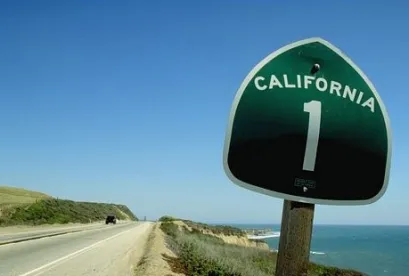A preexisting management plan intended to minimize environmental effects of recurring facility operations and events is not a “proposed mitigation measure” for purposes of determining whether an event qualifies for a CEQA categorical exemption, a state Court of Appeal has held. In Citizens for Environmental Responsibility v. California, the Court of Appeal upheld the exemption of a rodeo from CEQA review under the “normal operations of existing facilities for public gatherings” exemption established by the CEQA Guidelines. 2014 Cal. App. LEXIS 283, 19 (Cal. App. 3d Dist. Mar. 26, 2014). The court rejected appellant’s arguments that the host fairgrounds’ Manure Management Plan (MMP), intended to prevent livestock fecal runoff entering a creek, was a proposed mitigation measure that the local agency improperly considered in assessing the effects of the rodeo. The court focused on the fact that the plan predated the proposal of the rodeo (albeit by only a few months) and would apply to all similar events at the fairground. The court also clarified the application of the “unusual circumstances” exception to categorical exemptions.
The Project and Preexisting Management Efforts
As a result of a proposed rodeo that eventually fell through, the fairgrounds adopted an official MMP in July of 2010, which differed from prior procedures in that it removed animal waste on a daily basis rather than after each event. Six months subsequent to the MMP adoption, another rodeo was proposed that became the subject of the case. The 14th District Agricultural Association approved a NOE for the rodeo pursuant to a Class 23 categorical exemption for “normal operations of existing facilities for public gatherings.” The NOE noted that the MMP “will prevent non-point source pollution into the creek and indirect impacts to the aquatic species that may be present.”
CEQA Challenge
Appellants challenged the exemption alleging the applicability of several exceptions, including that there would be significant cumulative impacts of successive projects of the same type in the same place over time and that there was “unusual circumstances” surrounding the project. The “unusual circumstances” exception was first determined in Banker’s Hill, Hillcrest, Park West Community Preservation Group v. City of San Diego (2006) 139 Cal.App.4th 249, 278 to require both an unusual circumstance and a significant effect on the environment due to the unusual circumstance. However, a different test was applied in a First District case in Berkeley Hillside Preservation et al., v. City of Berkeley et al., which is now before the Supreme Court (Case No. S20116), requiring only a significant effect on the environment. Regardless, the argument for the applicability of both exceptions relied on the underlying premise that the NOE’s use of the MMP was misplaced because the MMP was a mitigation measure. In a NOE analysis, environmental impacts are determined based on a project independent of measures specifically enacted to mitigate environmental effects caused by the project. The “unusual circumstances” argument also relied on the premise that the rodeo project should be compared to all public gathering facilities in general or, at the very least, compared to other “normal” fairground facilities when determining whether it was unusual.
The Decision
The appeals court held that the MMP was not a mitigation measure for the purposes of the rodeo project because it preexisted the NOE and was not proposed for or created by the rodeo project in question, instead being applied to all livestock events. In essence, the MMP was part of the “ongoing normal operations” of the fairgrounds. Consequently, both arguments for the exceptions failed because there was no environmental impact. The court further held that the rodeo was not an unusual circumstance, comparing it to other fairground livestock events and holding that it did not constitute a change in the operation of the fairground.
CEQA Implications
Given the holding in Citizens for Environmental Responsibility, future potential claimants of the Class 23 categorical exemption and other exemptions may want to consider whether reliance on those exemptions might be strengthened by adopting prior to project consideration more generally applicable measures that might in a project‑specific context be considered mitigation measures. Further, although the specific test for determining the “unusual circumstances” exception is currently before the Supreme Court in Berkeley Hillside, the decision would not make this case moot. The application of either established test would lead to the same result.




 />i
/>i

